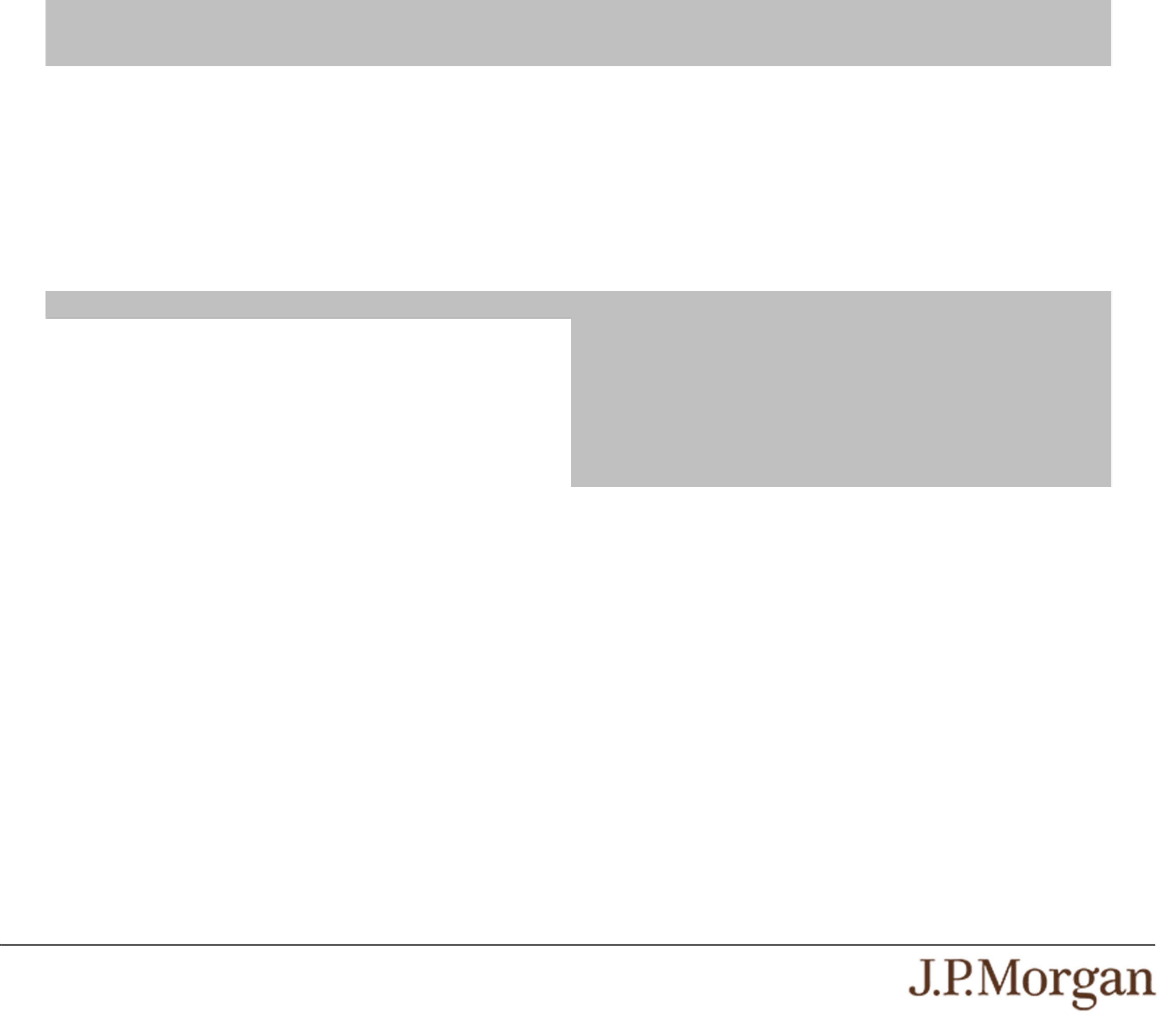
PS-1 | Structured Investments
Auto Callable Accelerated Barrier Notes Linked to the Least Performing of
the Common Stock of Generac Holdings Inc., the Common Stock of NVIDIA
Corporation and the Common Stock of Advanced Micro Devices, Inc.
Key Terms
Issuer: JPMorgan Chase Financial Company LLC, a direct,
wholly owned finance subsidiary of JPMorgan Chase & Co.
Guarantor: JPMorgan Chase & Co.
Reference Stocks: As specified under “Key Terms Relating to
the Reference Stocks” in this pricing supplement
Call Premium Amount: $385.00 per $1,000 principal amount
note
Call Value: With respect to each Reference Stock, 80.00% of its
Initial Value
Upside Leverage Factor: 2.00
Barrier Amount: With respect to each Reference Stock, 50.00%
of its Initial Value, as specified under “Key Terms Relating to the
Reference Stocks” in this pricing supplement
Pricing Date: December 18, 2024
Original Issue Date (Settlement Date): On or about December
23, 2024
Review Date*: December 31, 2025
Call Settlement Date*: January 6, 2026
Observation Date*: December 20, 2027
Maturity Date*: December 23, 2027
* Subject to postponement in the event of a market disruption event and
as described under “General Terms of Notes — Postponement of a
Determination Date — Notes Linked to Multiple Underlyings” and “Genera
Terms of Notes — Postponement of a Payment Date” in the
accompanying product supplement
Automatic Call:
If the closing price of one share of each Reference Stock on the
Review Date is greater than or equal to its Call Value, the notes will
be automatically called for a cash payment, for each $1,000
principal amount note, equal to (a) $1,000 plus (b) the Call
Premium Amount, payable on the Call Settlement Date. No further
payments will be made on the notes.
If the notes are automatically called, you will not benefit from the
Upside Leverage Factor that applies to the payment at maturity if
the Final Value of each Reference Stock is greater than its Initial
Value. Because the Upside Leverage Factor does not apply to the
payment upon an automatic call, the payment upon an automatic
call may be significantly less than the payment at maturity for the
same level of appreciation in the Least Performing Reference
Stock.
Payment at Maturity:
If the notes have not been automatically called and the Final Value
of each Reference Stock is greater than its Initial Value, your
payment at maturity per $1,000 principal amount note will be
calculated as follows:
$1,000 + ($1,000 × Least Performing Stock Return × Upside
Leverage Factor)
If the notes have not been automatically called and the Final Value
of any Reference Stock is equal to or less than its Initial Value but
the Final Value of each Reference Stock is greater than or equal to
its Barrier Amount, you will receive the principal amount of your
notes at maturity.
If the notes have not been automatically called and the Final Value
of any Reference Stock is less than its Barrier Amount, your
payment at maturity per $1,000 principal amount note will be
calculated as follows:
$1,000 + ($1,000 × Least Performing Stock Return)
If the notes have not been automatically called and the Final Value
of any Reference Stock is less than its Barrier Amount, you will lose
more than 50.00% of your principal amount at maturity and could
lose all of your principal amount at maturity.
Least Performing Reference Stock: The Reference Stock with
the Least Performing Stock Return
Least Performing Stock Return: The lowest of the Stock Returns
of the Reference Stocks
Stock Return:
With respect to each Reference Stock,
(Final Value – Initial Value)
Initial Value
Initial Value: With respect to each Reference Stock, the closing
price of one share of that Reference Stock on the Pricing Date, as
specified under “Key Terms Relating to the Reference Stocks” in
this pricing supplement
Final Value: With respect to each Reference Stock, the closing
price of one share of that Reference Stock on the Observation Date
Stock Adjustment Factor: With respect to each Reference Stock,
the Stock Adjustment Factor is referenced in determining the
closing price of one share of that Reference Stock and is set equal
to 1.0 on the Pricing Date. The Stock Adjustment Factor of each
Reference Stock is subject to adjustment upon the occurrence of
certain corporate events affecting that Reference Stock. See “The
Underlyings — Reference Stocks — Anti-Dilution Adjustments” and
“The Underlyings — Reference Stocks — Reorganization Events”
in the accompanying product supplement for further information.












